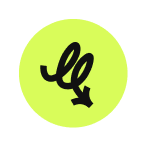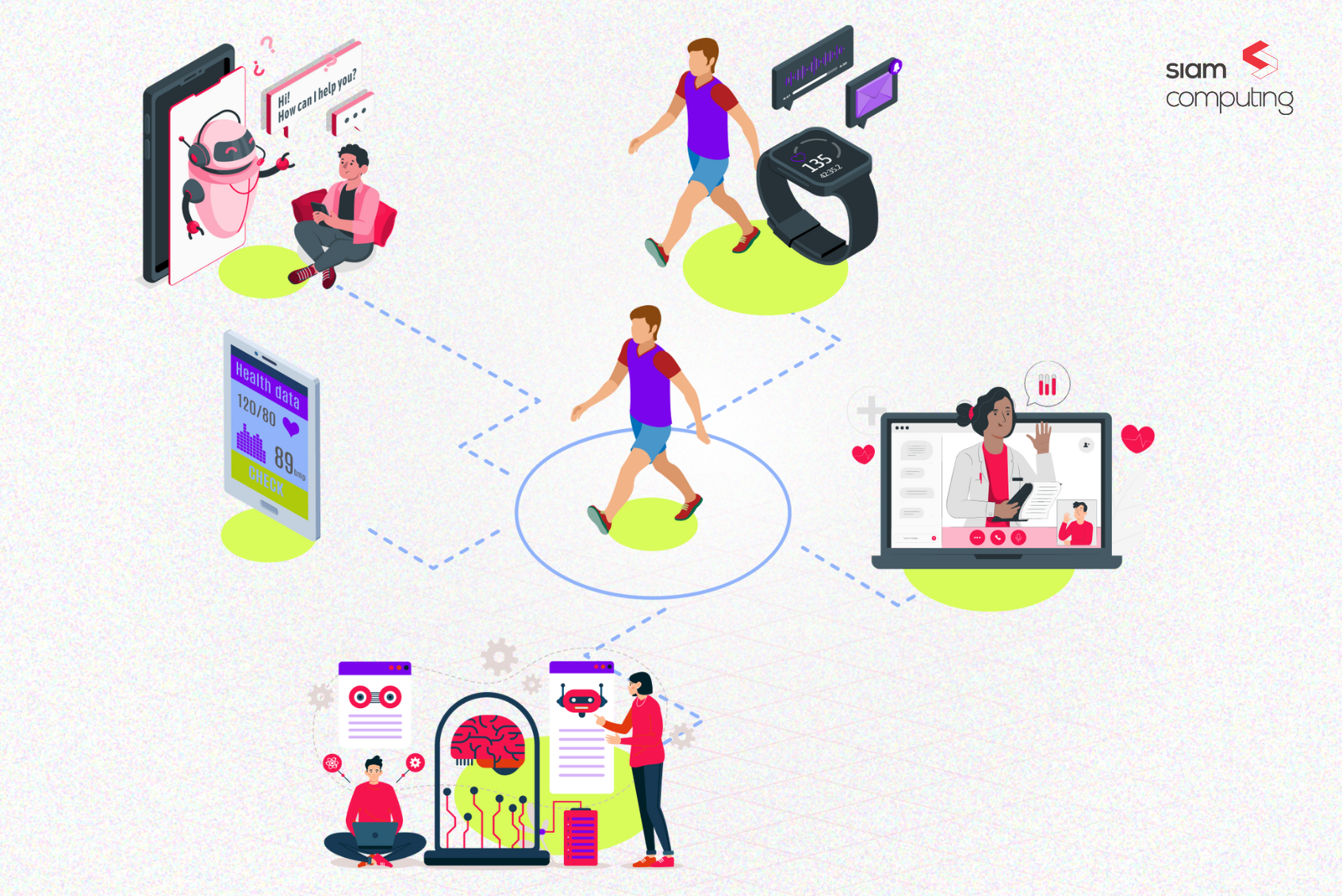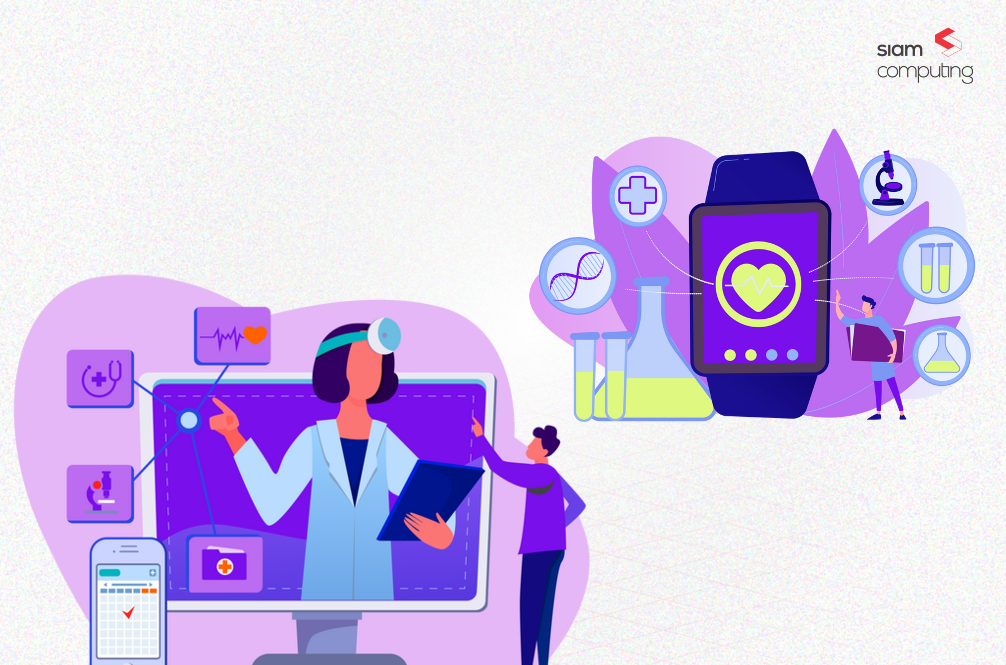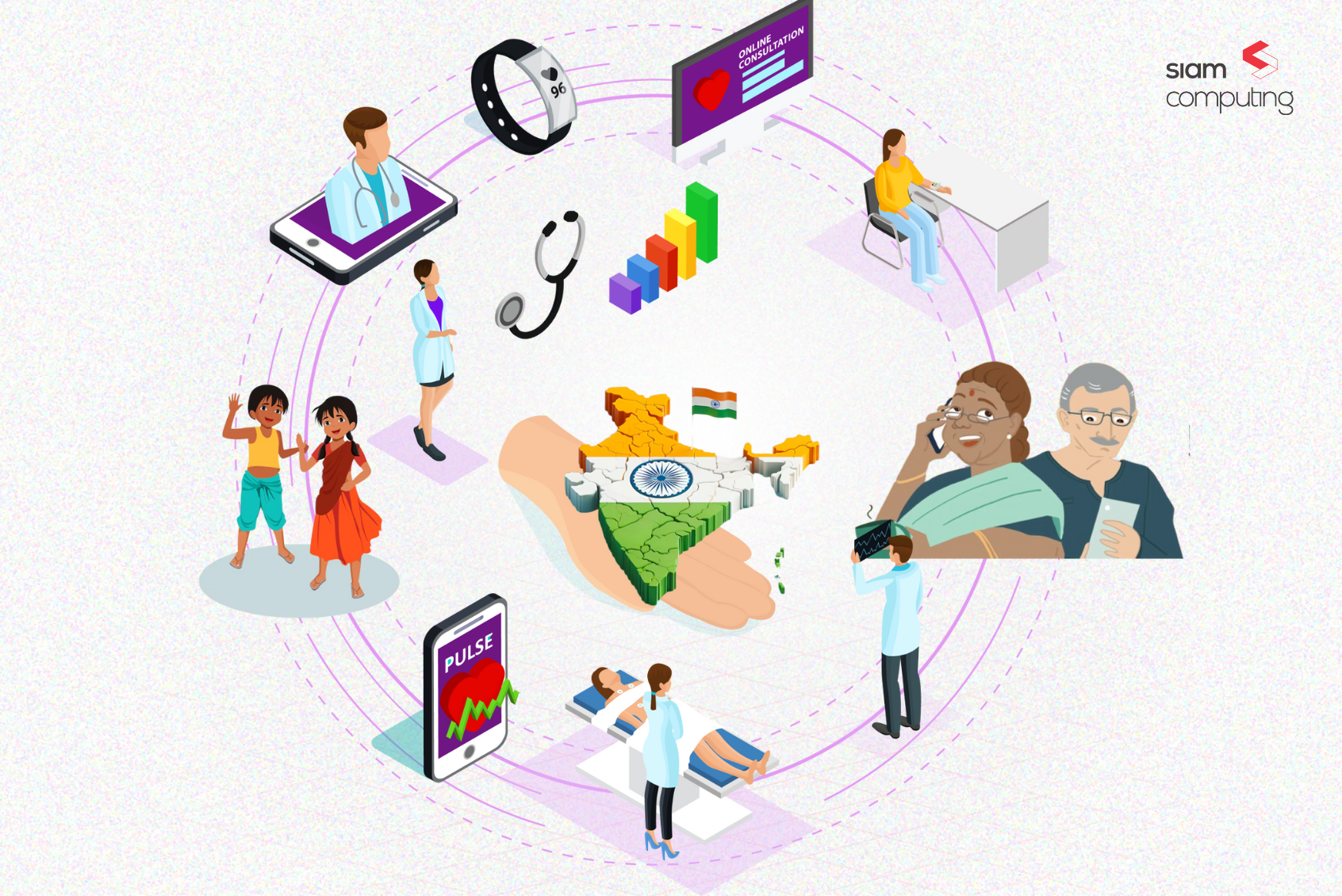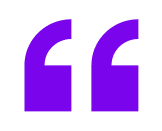Product design is the continuous process of coming up with ideas, creating products, and iterating them in order to solve specific problems of users and address the needs of the market. If you are new to product design it is important to understand that it is an evolving process and its goal is to get you closer to perfection with every iteration.
However, beginners in product design tend to misinterpret the process and end up making conceptual mistakes that waste time and other resources. Our aim with this blog is to help you avoid these mistakes.
If you are getting into product design for the first time, this blog will serve as a guide for you to understand the basics of efficient product design strategy, the importance of successful product design, the most common challenges faced by rookie product teams designing a product for the first time, and things you can learn as a beginner to overcome these challenges.
Product Design: A Multidisciplinary Process
Broadly speaking, all processes directed toward creating and developing products can be clubbed under product design. Product designers have the onus of creating completely new products as well as bringing in new ideas for already existing products.
As a process, product design demands an all-encompassing approach catering to a product’s ideation, development, engineering, manufacturing, and aesthetic aspects. However, it is important to understand the difference between product design and development to cater to each of these processes accordingly.
The Goal of Product Design
The goal of product design is to understand the needs of your users and create a relevant product for them. Most beginners confuse the physical appearance of the product as the ultimate aim of product design. But designing, in actual practice, is just the tip of the iceberg.
In reality, as product designers, we need an understanding of the users who may not be like us or know us personally. Product designers must understand how these people will interact with our product and also empathize with them to identify their pain points.
By empathizing with different people for every product or feature we create, we get closer to living their problems ourselves, and it makes us better equipped to design better ways to improve the user experience.
A greater part of the product designer’s job also rests on quick and effective communication with all concerned stakeholders involved in the design process.
The Importance of Successful Product Design
Steve Jobs famously said “Design is not just what it looks like and feels like. Design is how it works.”
Successful product design is the alignment of user needs with business objectives for consistently making good products. Product designers are responsible for ensuring the sustainability of their products for realizing long-term business goals by optimizing and providing seamless user experience, rather than just catering to how it feels or looks.
With wrong conceptions of product design, beginners may not be able to benefit from the advantages it provides. Successful product design helps you:
1. Build Brand Loyalty
Successful product design helps you attract new customers as well as retain old ones. By constantly providing value to them through your products, you can build solid brand loyalty where customers want to buy your products time and again.
2. Create customer-friendly products
As an essential component of the overall product development process, product design ensures that the final product you build is customer friendly and adds to your profitability by being easy to manufacture.
3. Provide value to end-users
Every product is an answer to a particular problem. As such, product design plays an important role in providing value to end users. Successful product design will make potential customers feel the need for your product in order to buy it time and again.
First-Time Product Design Challenges
The journey of developing a product is an exciting one, but it also presents many challenges along the way. Not every idea converts to a viable business, nor does every product reach the market in the intended way for seeing the daylight. Overcoming such challenges leads you to cut down on costs and ensure better product quality.
Let’s take a look at the challenges faced by a product design team while launching a new product:
1. Identifying the crucial first questions
Like every other goal-oriented process, product design needs a strong foundation before starting to build the product.
Crucial first questions such as – what your target market is, who your target users are, what products they are currently using and how they are different from your products – have to be identified and answered before building your design framework.
Not getting these crucial first questions right will prevent you from developing a product that caters to the unique needs of your customers.
2. Understanding stakeholder expectations
It’s vital to ensure that all your internal and external product stakeholders are in alignment with your product development roadmap. Your stakeholders include those who impact the development of the product and those who are impacted by your product.
Your stakeholders include your product team, your investors, as well as potential customers. It can be challenging to meet every stakeholder’s expectation in keeping with their respective accountabilities and simultaneously ensure that your product meets the expectations of your end-user too.
3. Addressing communication gaps
The process of product design needs an entire team of professionals to work in close collaboration at every stage. It is very difficult to ensure that everyone from the designers to the developers is on the same page.
Communication gaps between teams can lead to expensive mistakes that can be difficult to rectify after a certain point.
4. Having a generalized view of end-users
Your product is a solution for only those people whose particular problems it is solving. As such, it has to make its way to your end-user after cutting through all potential customers.
Before you start designing a new product, it is important to know who exactly your end-users are. It is challenging to first identify your end-users amidst all other people, and understand their motivations to build a relevant product.
5. Avoiding last-minute changes
Last-minute changes can be difficult to incorporate into the final product. They may also lead to a compromise on the quality of the output as well as your efficiency in terms of planning and working on feedback received throughout the process.
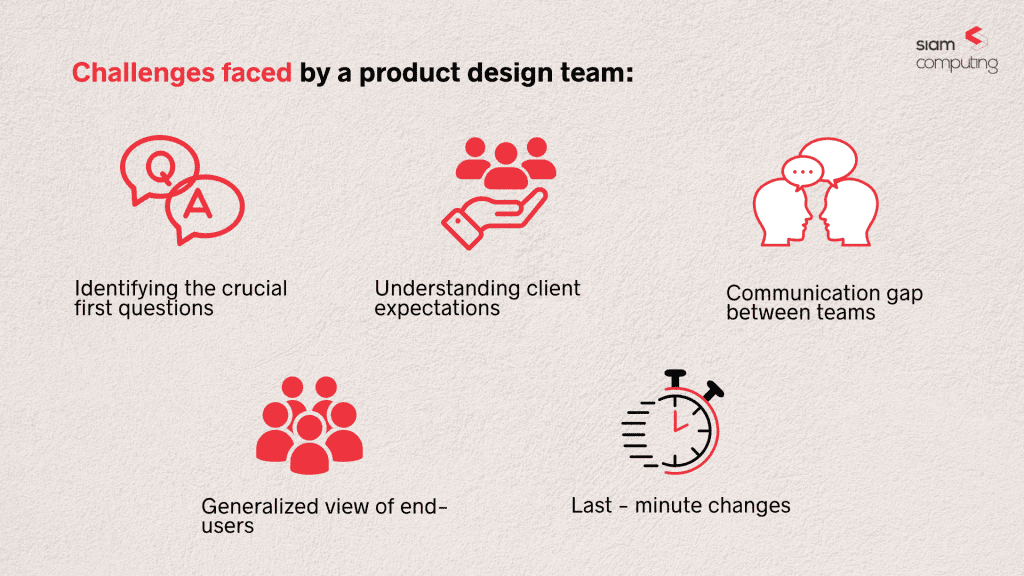
Things to Learn
Successful design, like a successful product, can solve real problems. It is a team effort directed to more than just the visual appearance of a product. Here are some things that can help you overcome the hurdles in the course of converting a pain point to an actual problem-solving product:
1. Laying a strong foundation for building your product
Having a strong foundation in place before building your product will help you get exact answers to decisive questions. These could include specific information about who your users are, their pain points, the problem your product is expected to solve, your user’s willingness to pay for your product, and so on.
2. Establishing realistic stakeholder expectations from the outset
It is important to understand your stakeholders’ motivations and fears before communicating how you intend to proceed and what you will be able to deliver. This will help you establish realistic expectations right from the outset, so you can determine your cadence for updates and follow a schedule to deliver accordingly.
3. Having a clear communication strategy
Clear and effective team communication will help you work efficiently towards your goal. It will also help you leverage the collective expertise of your team more efficiently to come up with a successful product design. You can set up regular team meetings to keep every member in the loop and notify them as per your needs.
4. Exact knowledge of customers
It is imperative to know exactly who your customers are in order to build a relevant product for them. You can do this by understanding their motivations for purchasing a product. Interacting with them on social media or via surveys and interviews will help you understand them better to incorporate their needs into your product.
5. Proper planning and execution
Proper planning and execution will help you avoid last-minute changes in the first place. This can be done by bridging the communication gap between all stakeholders, so there is a clear idea of what each one needs to work towards to get to the desired outcome. Besides, finishing your tasks on time will leave you ample time to incorporate changes based on feedback, so the entire structure of your work is not affected.’

Final Thoughts
At Siam, we understand that the field of product design is ever-changing and that change is the only way to innovate. With change comes challenges and if you are new to designing products, it can be helpful to have a mentor by your side to guide you through these challenges and help you design a product that truly meets the needs of your users.
Like Yoda, our Product Strategy and Consulting Team will be a mentor to you, leading you through the sometimes murky waters of first-time product design with a well-defined strategy. You can get in touch with us to design a product that truly works for your users by balancing the engineering aspects with market needs.

